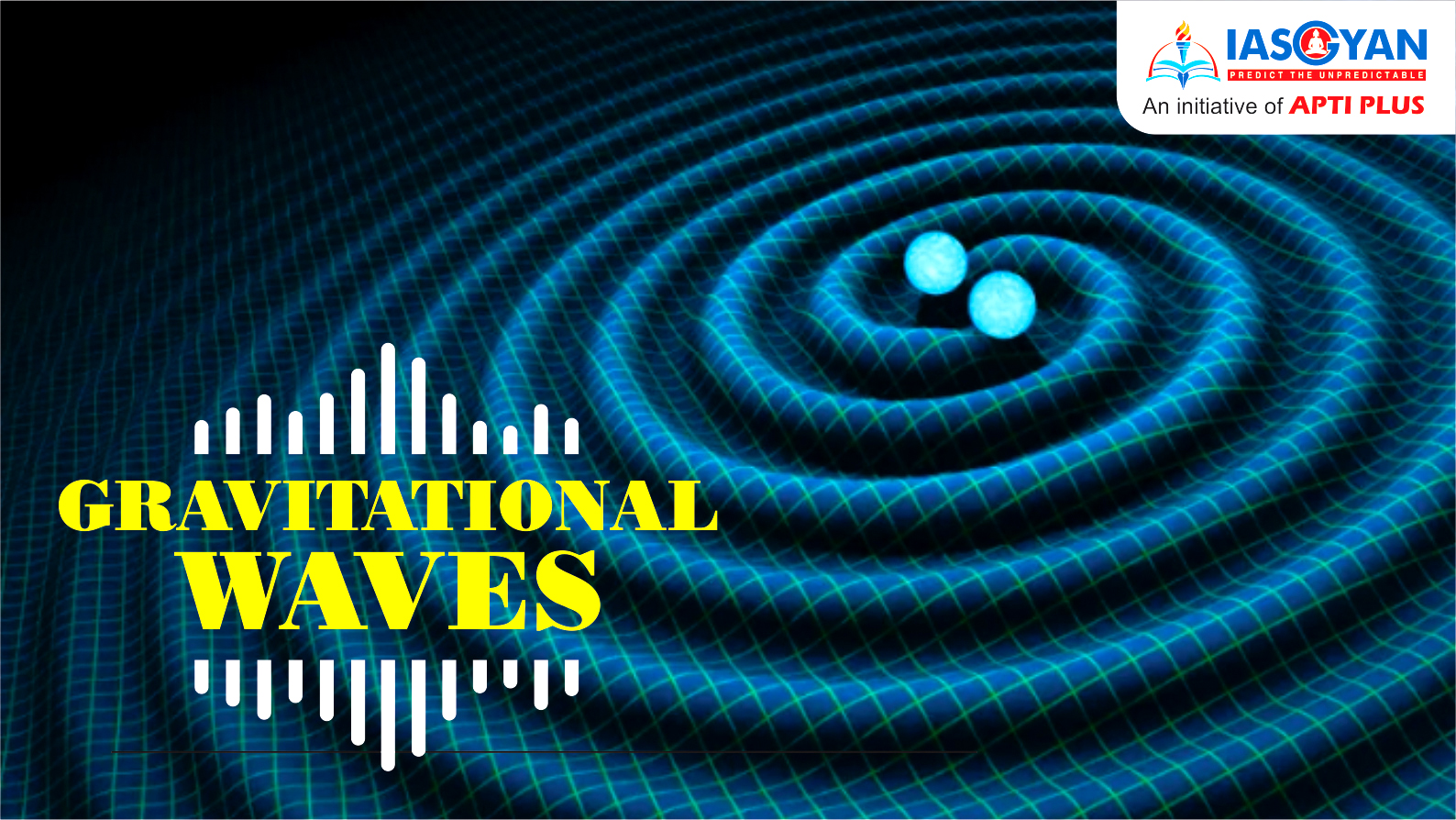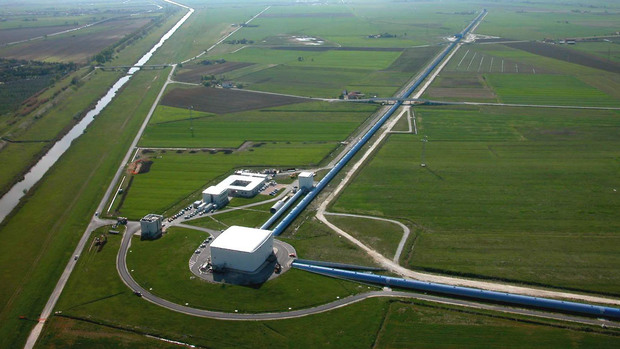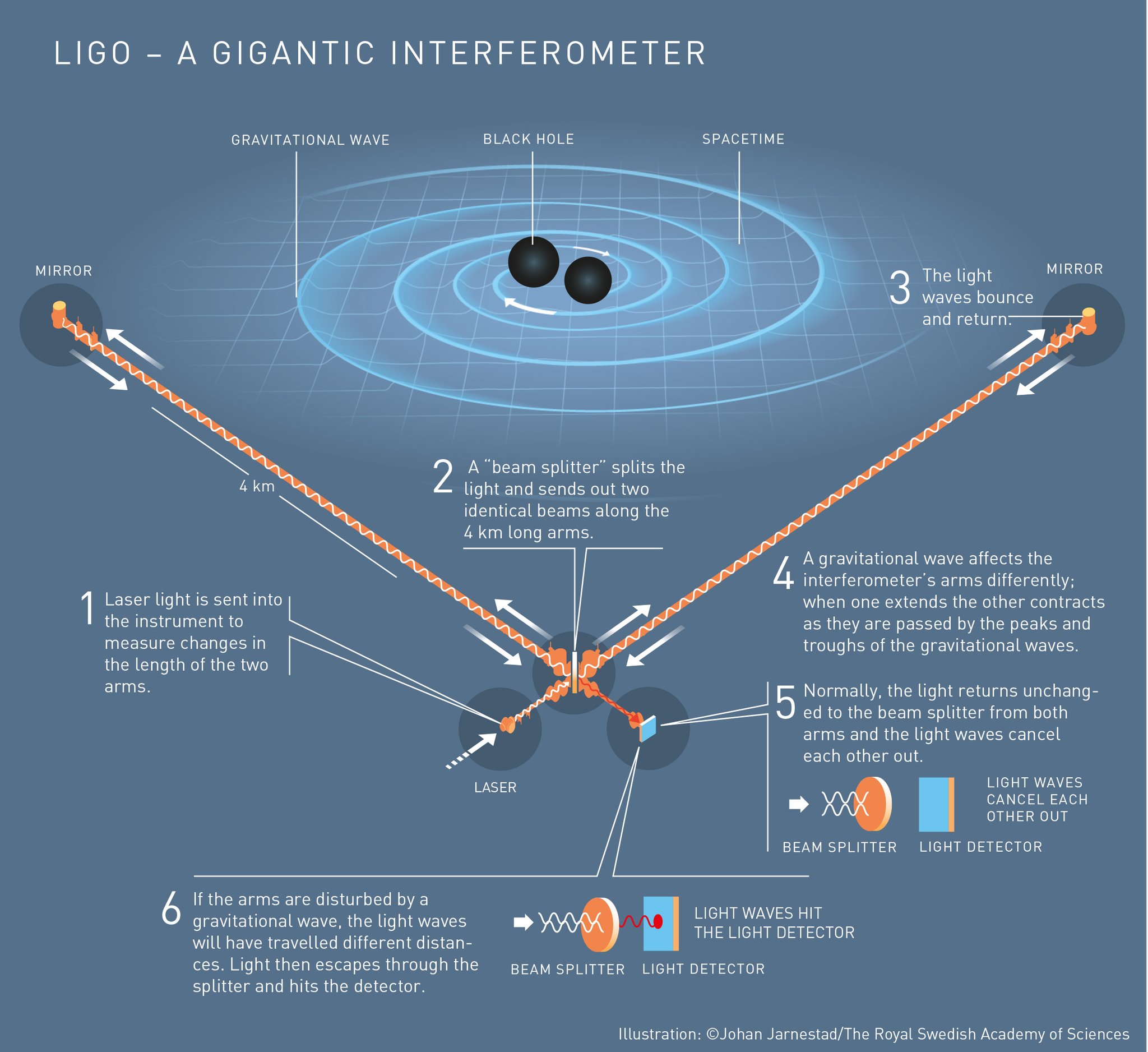




A gravitational wave is an invisible (yet incredibly fast) ripple in space. Gravitational waves travel at the speed of light (186,000 miles per second). These waves squeeze and stretch anything in their path as they pass by.
A gravitational wave is an invisible (yet incredibly fast) ripple in space.
We’ve known about gravitational waves for a long time. More than 100 years ago, Albert Einstein came up with many ideas about gravity and space.
Einstein predicted that something special happens when two bodies—such as planets or stars—orbit each other. He believed that this kind of movement could cause ripples in space. These ripples would spread out like the ripples in a pond when a stone is tossed in. Scientists call these ripples of space gravitational waves.
Gravitational waves are invisible. However, they are incredibly fast. They travel at the speed of light (186,000 miles per second). Gravitational waves squeeze and stretch anything in their path as they pass by.
The most powerful gravitational waves are created when objects move at very high speeds. Some examples of events that could cause a gravitational wave are:
But these types of objects that create gravitational waves are far away. And sometimes, these events only cause small, weak gravitational waves. The waves are then very weak by the time they reach Earth. This makes gravitational waves hard to detect.
In 2015, scientists detected gravitational waves for the very first time. They used a very sensitive instrument called LIGO (Laser Interferometer Gravitational-Wave Observatory). These first gravitational waves happened when two black holes crashed into one another. The collision happened 1.3 billion years ago. But, the ripples didn’t make it to Earth until 2015!
When a gravitational wave passes by Earth, it squeezes and stretches space. LIGO can detect this squeezing and stretching. Each LIGO observatory has two “arms” that are each more than 2 miles (4 kilometers) long. A passing gravitational wave causes the length of the arms to change slightly. The observatory uses lasers, mirrors, and extremely sensitive instruments to detect these tiny changes.

LIGO is made up of two observatories: one in Louisiana and one in Washington (above). Each observatory has two long “arms” that are each more than 2 miles (4 kilometers) long.
Watch:
Mirrors placed near the beam splitter keep the laser contained within the arms. This increases the distance traveled by the beams, greatly improving LIGO's sensitivity to changes in arm length like those caused by gravitational waves.

© 2025 iasgyan. All right reserved